A sequence of fire extinguisher numbers and letters can save your life—or endanger it
Using the wrong extinguisher can make a fire significantly worse. Grease fires spread. Electrical fires cascade. Wood fires keep burning. Fire code has a lot to say about choosing and placing extinguishers for just this reason. But even in the heat of the moment, it’s important to match the fire extinguisher to the fire hazard.
In this article, we explain what the numbers (and letters) on a fire extinguisher mean and what they indicate about its suitability against certain types of fires. We’ll cover the basics, look at a few examples, and detail the tests used to arrive at these conclusions.
If you’d like to view a selection of rated fire extinguishers now, browse our selection.
Letters and numbers represent the type and size of fire that an extinguisher can handle
All fires belong to one of five lettered classes:
- Class A: Wood, paper, and other “ordinary combustibles”
- Class B: Flammable liquids and gasses, excluding grease and cooking oil
- Class C: Fires worsened or sustained by energized electrical equipment
- Class D: Combustible metals such as magnesium
- Class K: Fats, oils, and greases used in food preparation
These classes form the backbone of fire extinguisher classifications and the distinctions have important implications for firefighting. For example, using a CO2 or water extinguisher on burning metal can have disastrous consequences, as the video below shows:
The letters on a fire extinguisher’s label indicate which classes of fire it can effectively fight. For example, an extinguisher marked “1A:1B:C” could extinguish Class A, Class B, and Class C fires—if it’s big enough to tackle the blaze.
That’s where numbers come in. The numbers preceding the letters on the label indicate just how much fire the extinguishing agent—the powder, gas, or other fire-fighting material–can put out. As part of a fire extinguisher’s classification, the numbers on the label can mean either:
- How much water would be required to match the agent’s power against Class A fires
- The square footage of Class B fires the agent can extinguish
For each A, the extinguisher contains the equivalent of 1.25 gallons of water. Thus, an “8A” extinguisher fights Class A fires as well as 10 gallons of water (8 x 1.25 = 10), and a 40A extinguisher offers 50 gallons’ worth of firefighting power. For each B, the extinguisher can stop one square foot of Class B fires. A 10B extinguisher can stop 10 square feet of Class B fire, a 20B extinguisher can stop 20 square feet, and so on.
What about letters and numbers for Class C, Class D, and Class K fire extinguishers?
Class C fire extinguishers: electrical fires
Extinguishers with the power to fight electrical fires do have a “C”—but it’s never preceded by a number. All class C fires are just Class A or Class B fires with electricity added into the mix. The letter “C” indicates only that the fire extinguisher uses an agent that doesn’t conduct electricity. Water-based and some foam extinguishers can’t fight Class A or Class B fires involving electrical equipment (thus, no “C” on the label). But extinguishers that use inert gases and various powder mixtures can, meaning they have an “A:B:C” rating.
Class K fire extinguishers: oils, fats, and greases
These labels treat Class K fires (kitchen oils, fats, and greases) in much the same way. Extinguishers that can fight Class K fires may have a letter “K” on the label, but they won’t have a number. That’s because Class K hazards vary enormously. The same volume of solid fuel (say, charcoal) may require significantly more extinguishing power than liquid fuels (like deep fryer fat).
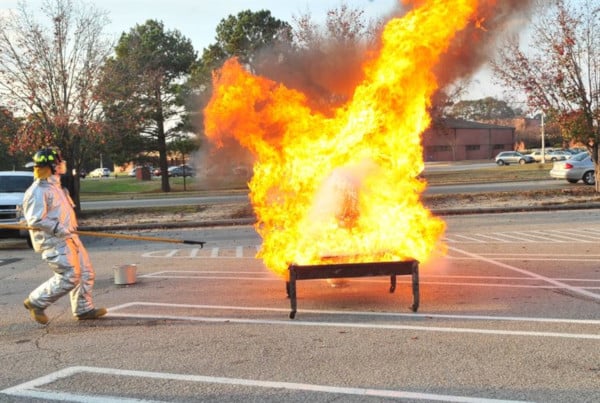
Rather than trying to give Class K extinguishers a uniform rating, the International Fire Code and other fire safety standards recommend sizes based on a kitchen’s specific hazards. And in some cases—such as when deep fryers with an especially large surface area are used—it’s up to the manufacturer to provide guidelines.
Class D fire extinguishers: metal fires
While they’re required to be listed and labeled, purchasers can’t simply rely on a letter “D” to indicate an extinguisher’s suitability against metal fires. Like Class K hazards, one Class D hazard differs from another. The subject is so complex that the National Fire Protection Association (NFPA) has a whole standard just for combustible metals. Some Class D agents stop one type of metal fire, while others can take on several. And even agents suited to multiple fire types will perform better on some types of metals than others.
Learn what the numbers and letters on a fire extinguisher mean with a little practice
Nestled below two logos—the UL Listed and the ULC Listed certifications—is the word “Classification.” To the right are the letters and numbers that make up a typical fire extinguisher’s classification. Let’s look at a few examples:
Extinguisher model: Buckeye Purple K Dry Chemical
Weight: 20 Pounds
Classification: 120B:C
Good for: Extinguishing fires in flammable liquids and gasses—save for kitchen fires—up to 120 square feet in size. It’s safe to use on fires involving energized electrical equipment.
Extinguisher model: Buckeye ABC Vehicle Fire Extinguisher (Dry Chemical)
Weight: 2.5 Pounds
Classification: 1A:10B:C
Good for: The smallest fires including those in the home or vehicles. It provides the equivalent of 1.25 gallons of water against Class A fires. The number 10 indicates that the extinguisher fights Class B fires as large as 10 square feet. It is safe for Class C fires.
Extinguisher model: Buckeye ABC Dry Chemical Extinguisher
Weight: 20 Pounds
Classification: 10A:120B:C
Good for: Sizable fires of standard types. This extinguisher provides the firefighting power of 12.5 gallons against fires in ordinary combustibles and 120 square feet of firefighting power against flammable liquids and gasses. It can safely fight Class C electrical fires.
Extinguisher model: Buckeye CO2 Extinguisher
Weight: 15 Pounds
Classification: 10B:C
Good for: Class B and Class C fires, but not Class A fires. This CO2 extinguisher provides 10 square feet of firefighting power against flammable liquids and gasses. It’s worth noting that the discharge time of a 10B:C carbon-dioxide extinguisher increases with its size. The 15-pound model pictured above can spray for 15 continuous seconds, while Buckeye’s 20-pound model lasts 20 seconds.
Where do these classifications come from?
These classifications are, if nothing else, precise. The number 1 before the “A” represents 1.25 gallons of water. The number 1 before a “B” indicates that the fire extinguisher has one square foot of firefighting power. It’s simple enough. But it’s safe to say that most people don’t assess fires in terms of the gallons of water needed to put it out. And with a variety of flammable liquids in ordinary use—from paint thinners to gasoline—it’s worth thinking a little more about why this system works the way it does.
What the letters and numbers on a fire extinguisher mean hasn’t changed much over the years. Standards used to assess extinguishers’ quality and firefighting potential have existed for more than 90 years, thanks in large part to an organization known today as UL.
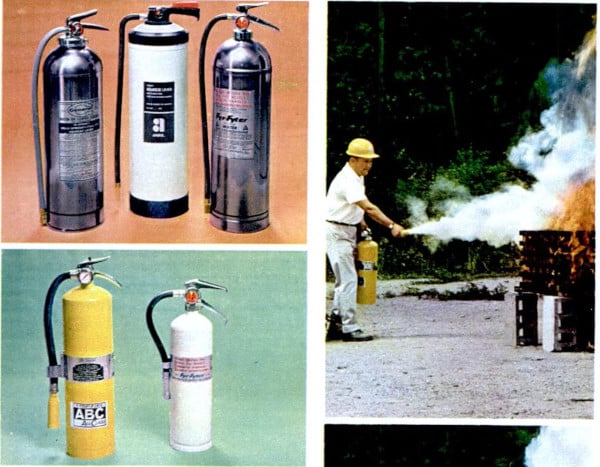
For more than 125 years, the organization formerly known as Underwriters’ Laboratories has helped fire professionals assess and measure risk. Their research, tests, and certifications have an enormous influence on the installation and manufacturing of fire safety products worldwide. Today, almost all extinguishers bear the UL Mark, an approval that indicates their ability to tackle specific types of fires. UL also developed tests used to determine how large those fires can be. In short, the letters and numbers on a fire extinguisher mean what they mean largely due to UL.
What are the tests behind those classifications?
For an “A” classification, an extinguisher must consistently pass UL’s wood panel tests. The number before the “A” increases with the size of the wood panel, indicating that the fire extinguisher can stop wood fires of larger and larger sizes. For example:
- An 8′ x 8′ panel: 1-A rating
- A 10′ x 10′ panel: 2-A rating
- A 12′ x 12′ panel: 3-A rating
Technicians carefully construct the panels from evenly spaced pine, mount them against concrete, and spray the panel with fuel oil. UL also conducts additional Class A testing with a “test crib,” the Jenga-like assembly of stacked wood seen below:
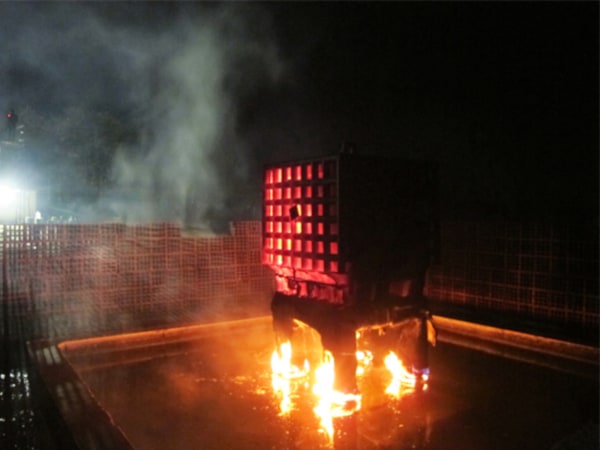
UL’s tests determine the size of the number preceding the letter “B” by testing a fire extinguisher against burning masses of a gasoline-like fuel. Technicians place this fuel in square pans in two separate tests:
- Indoor tests, which use pans from 2.5 square feet to 50 square feet in size
- Outdoor tests, which use pans from 100 square feet to 1600 square feet in size
But even if an extinguisher stops a 1,600 square-foot fire during these tests, it doesn’t mean that it earns a 1600B rating. Extinguishers perform better in the hands of an expert operator than they do in the hands of amateur users. UL accounts for this by making the number before the B equal to just 40% of the area reliably extinguished by a professional.
UL classifications point users and purchasers in the right direction
Knowing what the letters and numbers on a fire extinguisher mean can make a life-or-death difference. But this knowledge can only take users so far. Important laws guide building owners and others in matching extinguishers to the risks structures face. For individuals purchasing or placing extinguishers—or for those who want to know more about what fire code and fire safety require—take a look at our prior blogs:
- “When and Where Should Fire Extinguishers Be Installed? A Practical Guide for Building Owners“
- “Ultimate Guide to Fire Extinguisher Classes: Servicing and Use“
- “A Guide to Home Fire Extinguishers: Types and Placement“
- “Car Fire Extinguishers Vastly Increase Safety—and They are Required on Some Vehicle Types“
If you’re searching for a new extinguisher, QRFS is proud to offer a selection from North Carolina’s Buckeye, a manufacturer of American-made fire protection equipment since 1968. Our stock includes:
- Dry chemical ABC extinguishers rated from 1A:10B:C to 10A:120B:C
- Carbon Dioxide (CO2) extinguishers rated from 5:B:C to 10B:C
- Buckeye’s 120B:C “Purple K” dry chemical extinguisher, designed to tackle even the most serious flammable liquid fires
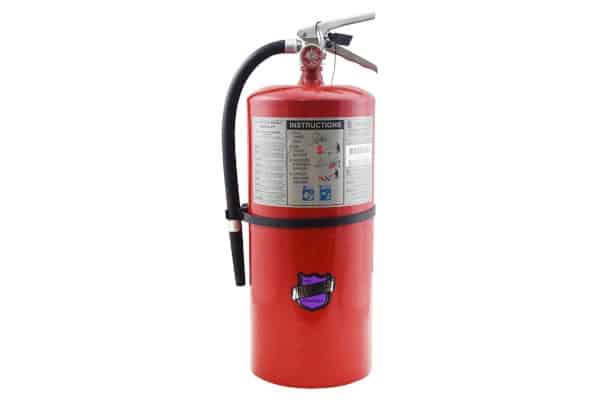
View our full selection of listed, tested, and tough fire extinguishers.
Questions about extinguisher ratings? Call us at +1 (888) 361-6662 or email support@qrfs.com.
This blog was originally posted at blog.qrfs.com. If this article helped you understand what the numbers and letters on a fire extinguisher indicate, we invite you to add or follow us at Facebook.com/QuickResponseFireSupply or on Twitter @QuickResponseFS.
Also check our collections of fire extinguishers, fire extinguisher signs, fire extinguisher decals, fire extinguisher covers, fire extinguisher cabinets, and fire extinguisher vehicle brackets.


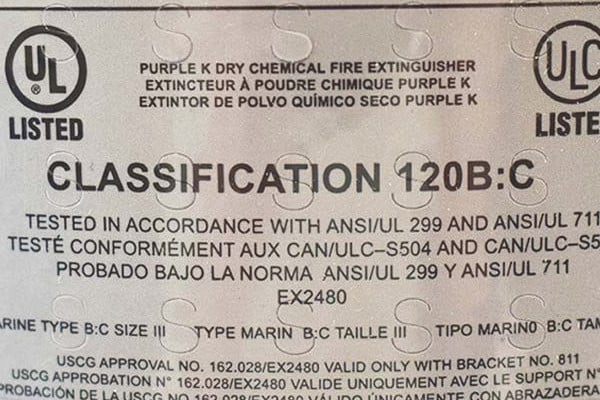

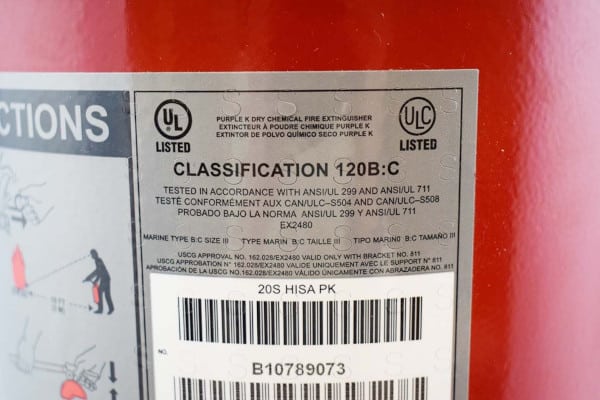
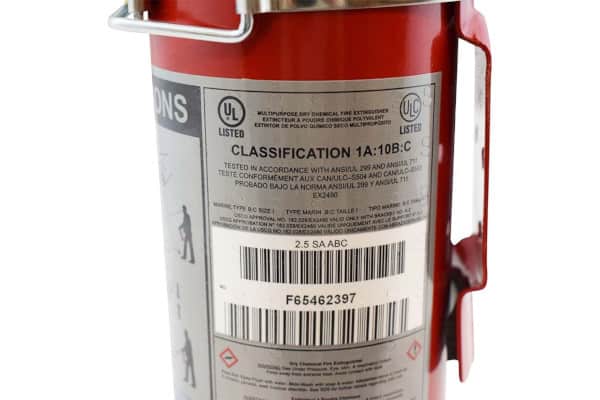
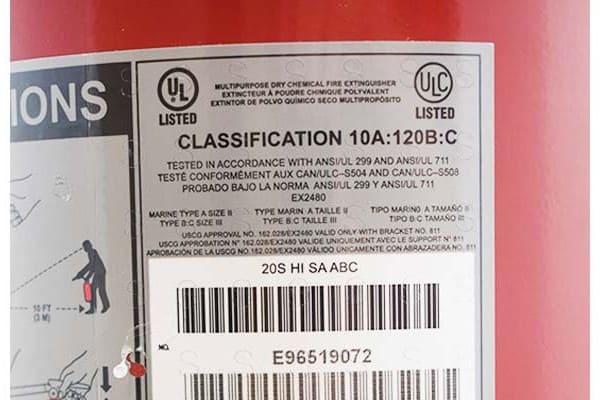
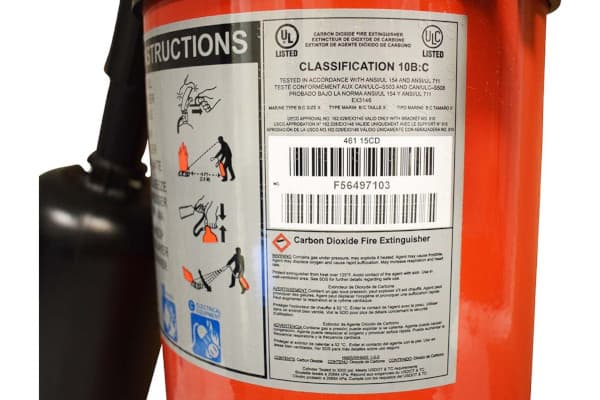
Very infomative and do you have yur products in Malaysia.
chee Khneg kok — We can ship to Malaysia, but we do not have a distributor there. Thanks for reading!